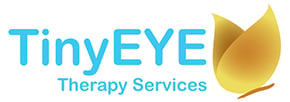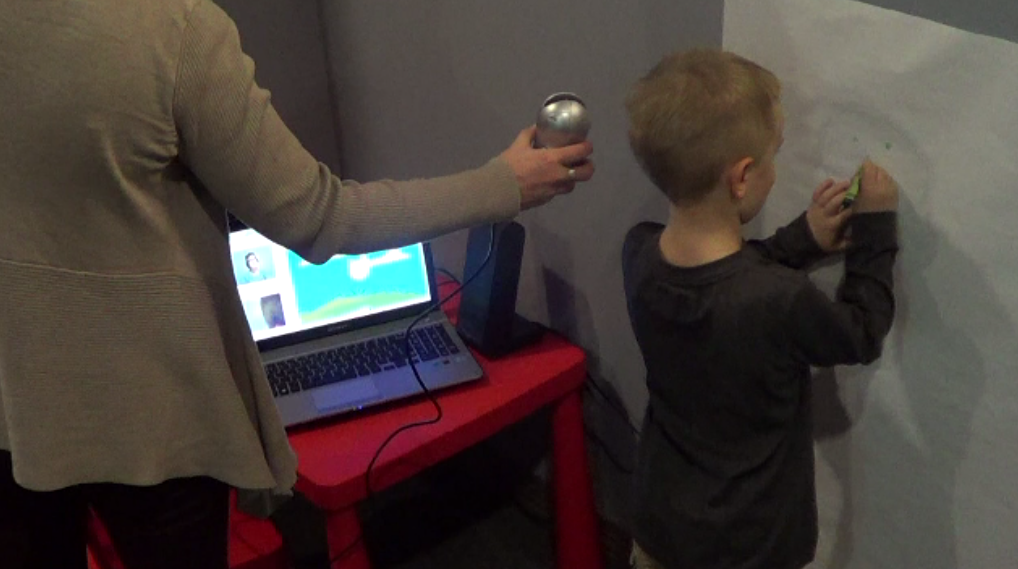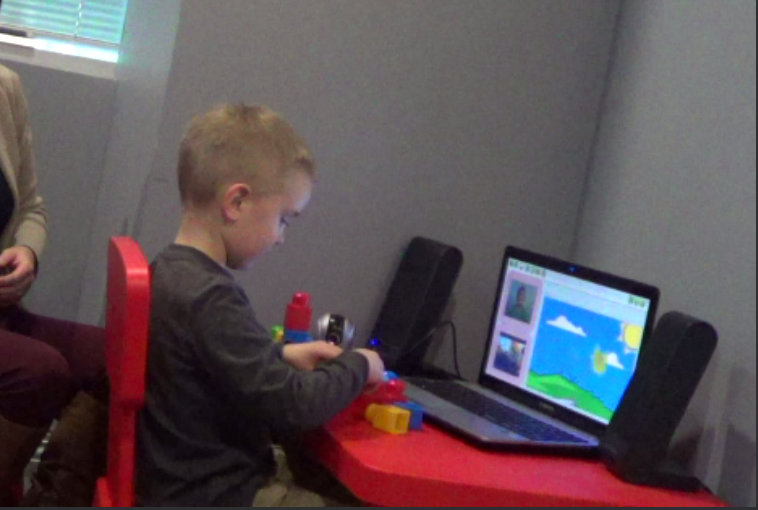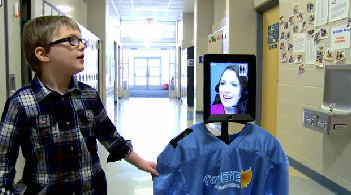Online Occupational Therapy: Why Should we Care?
Hello Everyone,
When you consider your occupation, does your current ability to participate either contribute or detract from your sense of self-worth, success, and joy? If you were aware of tools and ideas that could improve your occupation experience, would you appreciate the opportunity to access the support?
According to the Canadian Association of Occupational Therapists (CAOT), the term ‘occupation’ refers to a group of activities and tasks of everyday life that people do to occupy themselves, including self-care, leisure, and productivity (contributing socially or economically to their community). Occupational therapy enables people to engage in everyday living, helps people to perform occupations that foster health and well-being, and fosters a just and inclusive society so that all people can participate to their potential in the daily occupations of life. http://www.caot.ca/
With these outcomes in mind, you can likely imagine how essential it is for children, from birth towards adulthood, to have access to quality occupational therapy services. Investing into children provides them with tools and strategies that help them to invest into their home and community. Why occupational therapy? Do children have occupations?
Occupations and ChildrenPlaymate, line-leader, teeth-brusher and writer…these are noble examples of how children occupy their day and contribute to their environment. The American Occupational Therapy Association (AOTA) explains that the role of occupational therapists includes serving children so that they can learn, play, and thrive. Common areas of need include developmental, educational, injury-related, emotional-behavior, and job readiness. Below are examples of ‘occupations’ for children, which are enriched by occupational therapists:






